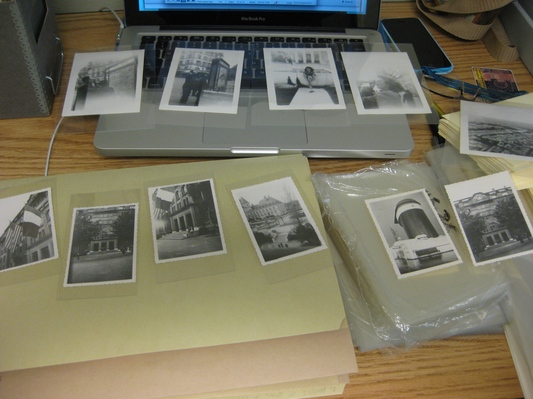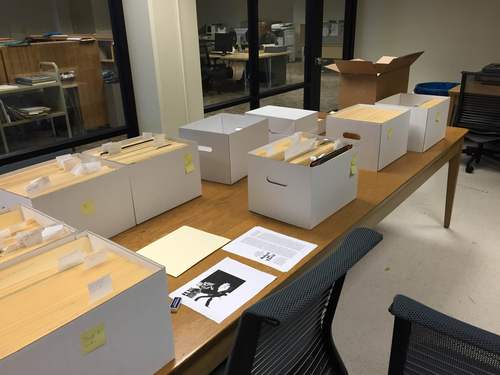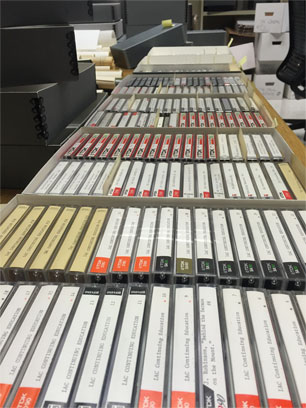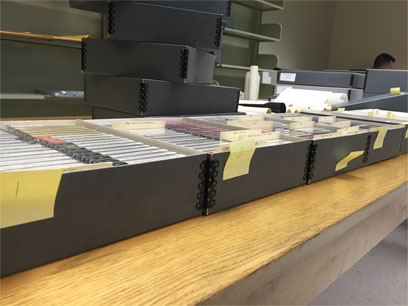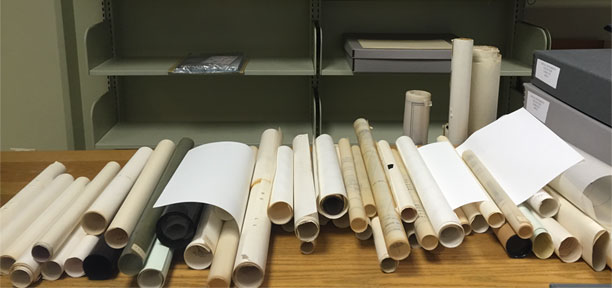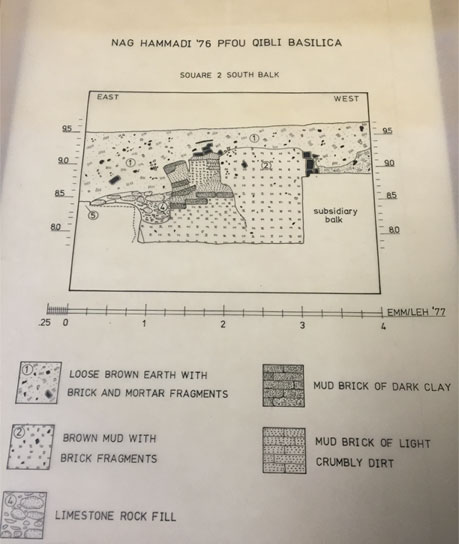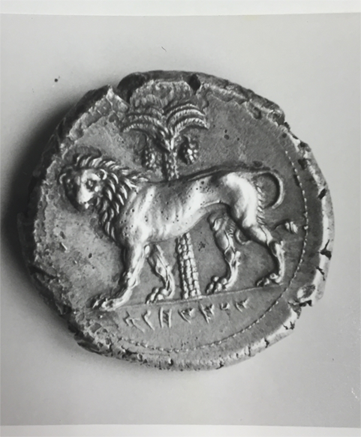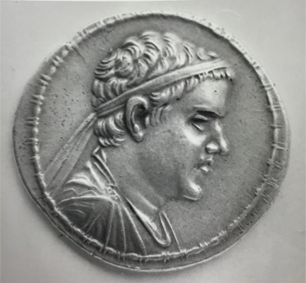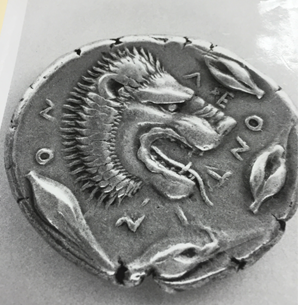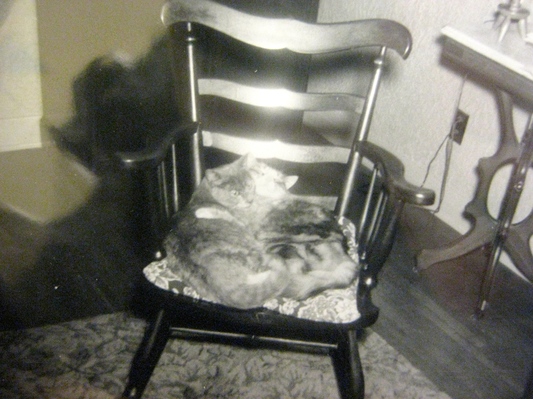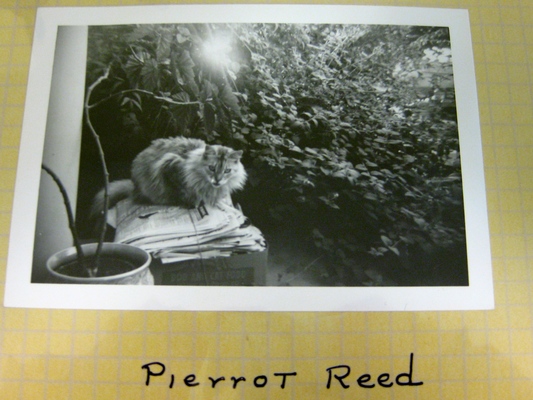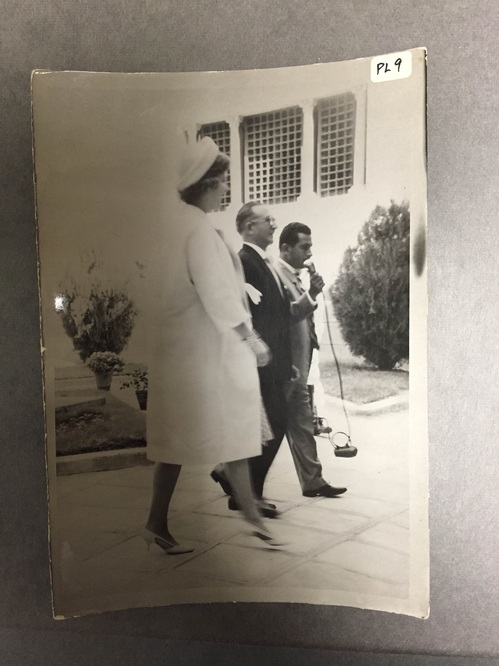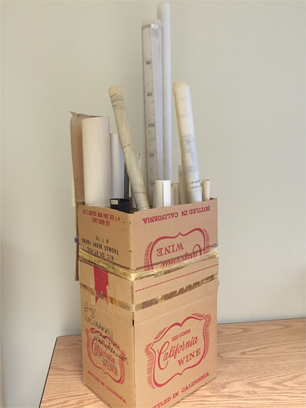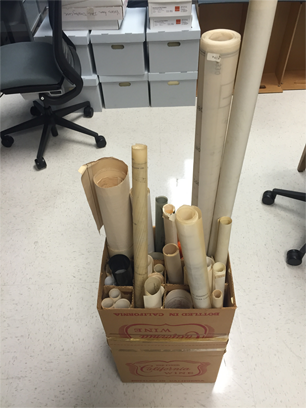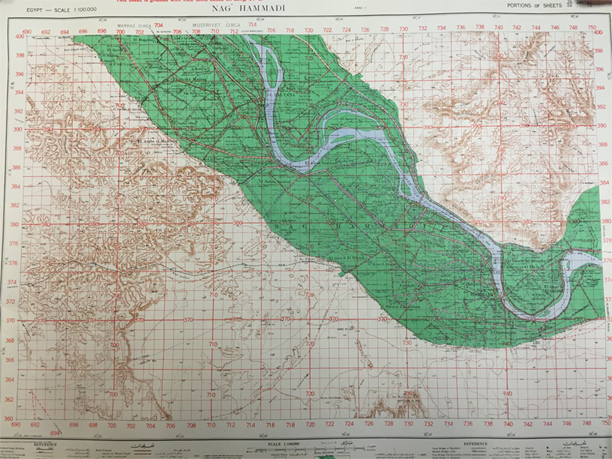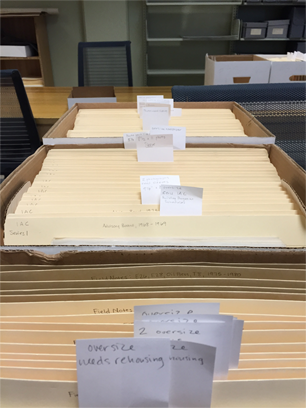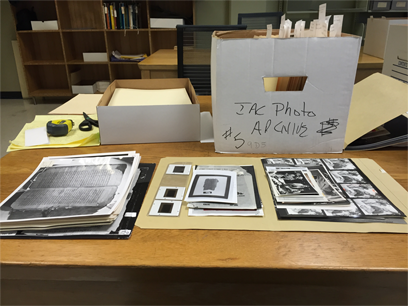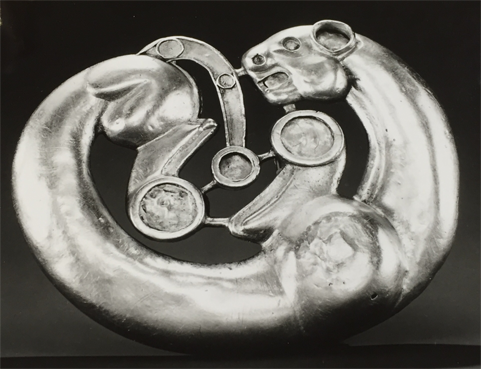Normal
0
false
false
false
EN-US
JA
X-NONE
/* Style Definitions */
table.MsoNormalTable
{mso-style-name:”Table Normal”;
mso-tstyle-rowband-size:0;
mso-tstyle-colband-size:0;
mso-style-noshow:yes;
mso-style-priority:99;
mso-style-parent:””;
mso-padding-alt:0in 5.4pt 0in 5.4pt;
mso-para-margin:0in;
mso-para-margin-bottom:.0001pt;
mso-pagination:widow-orphan;
font-size:12.0pt;
font-family:Cambria;
mso-ascii-font-family:Cambria;
mso-ascii-theme-font:minor-latin;
mso-hansi-font-family:Cambria;
mso-hansi-theme-font:minor-latin;}
This week, I continued to organize, folder, and sleeve the
contents of the three doc boxes I’ve been working on. I Mylar sleeved about 140
little photos… I got the hang of it after maybe 20 or so, and it went pretty
quickly after that. Most of the pictures were from Nancy’s time in France.
There’s a sampling of the photos (note how beautifully they’ve been sleeved) in
the photo below.
Nancy also had a second scrapbook, which has photos from
when she was a child and also when she was much older. And of course, photos of
cats!
Next week I’m going to try to finish up with the doc boxes
and get started with entering everything into Archivists’ Toolkit.
